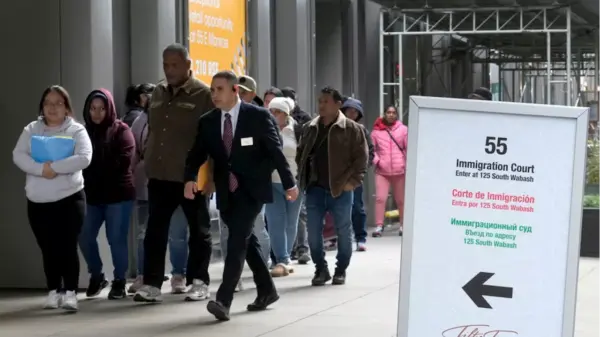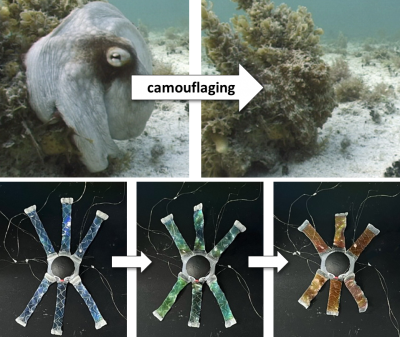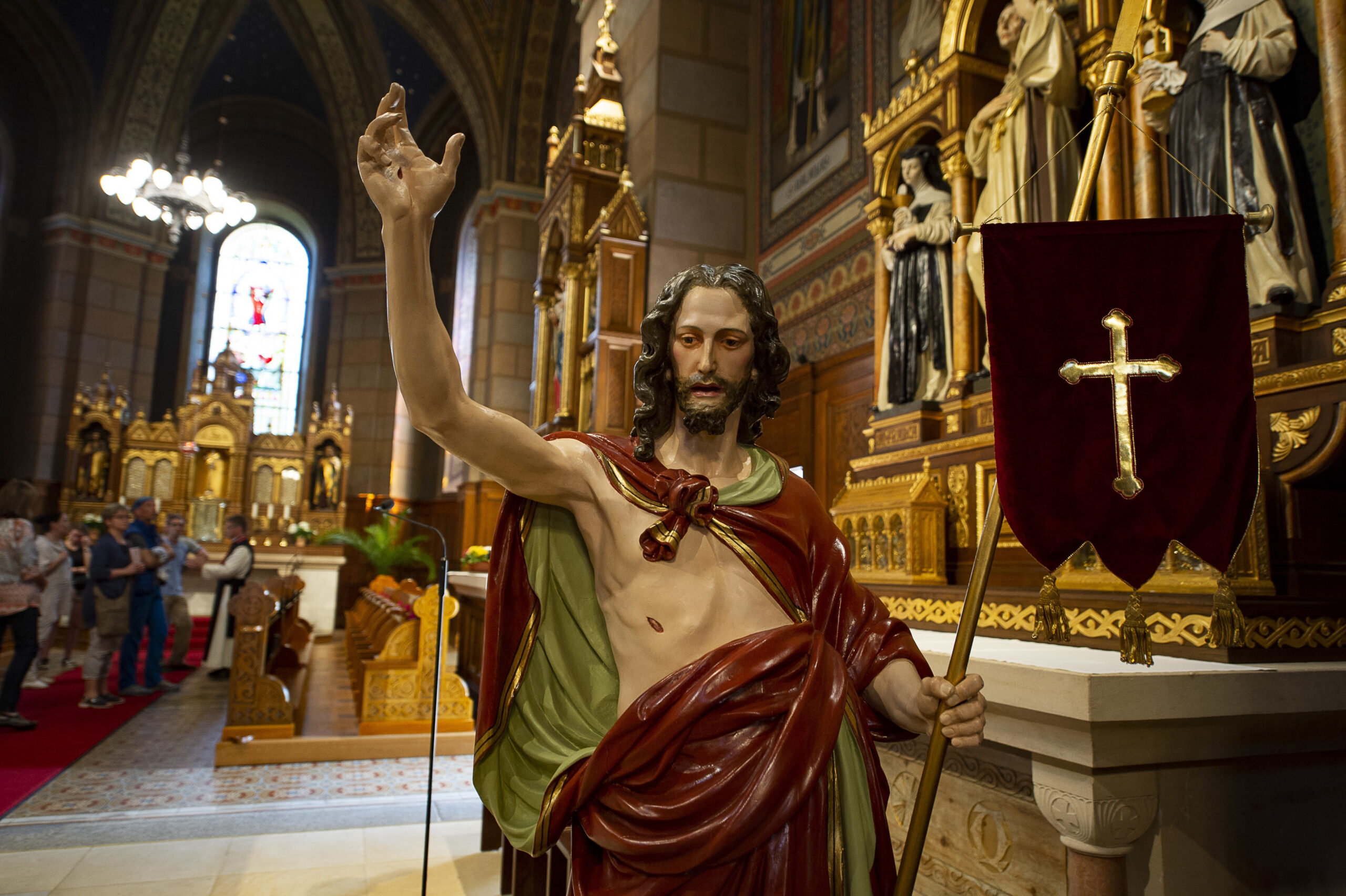UPDATE: The skull of St. Thomas More, the Catholic saint famously executed in 1535, may soon be exhumed from its historic resting place at St. Dunstan’s Church in Canterbury, England. Church officials have announced plans for the exhumation as part of a unique ecumenical outreach effort, coinciding with the upcoming 500th anniversary of More’s martyrdom.
Urgent Update: Churchwarden Sue Palmer confirmed that the St. Dunstan’s Parochial Church Council (PCC) is exploring this significant proposal, aiming to honor More’s legacy and make the relic more accessible to the faithful. “It is unusual to have any relics in an Anglican church, especially those of a Catholic saint,” Palmer stated.
This development is crucial for both Catholics and Anglicans, as it embodies centuries of complex religious history in England. More, recognized as a martyr by the Catholic Church, symbolizes unwavering faith and moral conviction. The proposed exhumation represents a step toward reconciliation and collaboration between different Christian denominations.
What You Need to Know: Following his beheading on orders from King Henry VIII, More’s head was displayed on London Bridge before being retrieved by his daughter, Margaret Roper, and interred in the Roper family vault at St. Dunstan’s Church. The church has long been a pilgrimage site, attracting visitors who come to venerate More’s enduring faith.
On July 6, 2025, the PCC announced the consideration of exhumation, subject to necessary permissions. The church plans to consult specialists in osteoarchaeology to ensure proper conservation of the relic. Options for displaying the skull include placing it in a secure reliquary or a shrine above ground in the Roper chapel, a move many visitors have requested.
Who Was St. Thomas More? Born in 1478, More served as Lord Chancellor of England and authored the renowned work, Utopia. He was executed for refusing to recognize Henry VIII as head of the Church of England, steadfast in his Catholic beliefs. Canonized in 1935, More is celebrated as the Patron Saint of Statesmen and Politicians, known for his famous declaration: “I die the king’s good servant, but God’s first.”
Next Steps: St. Dunstan’s Church is currently consulting with experts and preparing a formal application for the exhumation. Approval from the Commissary General, akin to a diocesan judge, is required before proceeding. If granted, conservation efforts could begin, aiming to complete preparations for the significant anniversary in 2035.
The church emphasizes its commitment to a respectful and collaborative process, welcoming input from the global Christian community. As the 500th anniversary approaches, St. Dunstan’s Church is poised to become a focal point for worship, pilgrimage, and education, ensuring that More’s legacy continues to inspire future generations.
Stay tuned for more updates as this story develops, and share this significant moment in religious history with your community.





































































